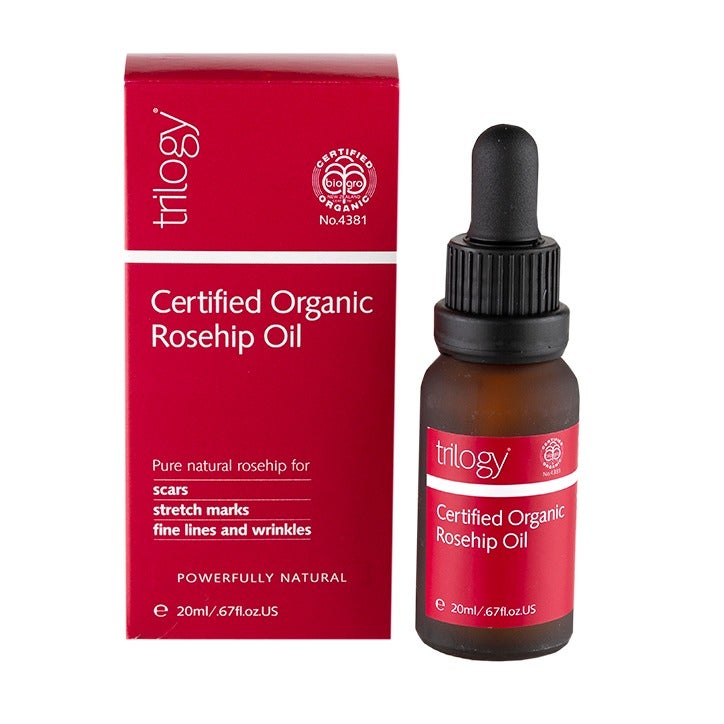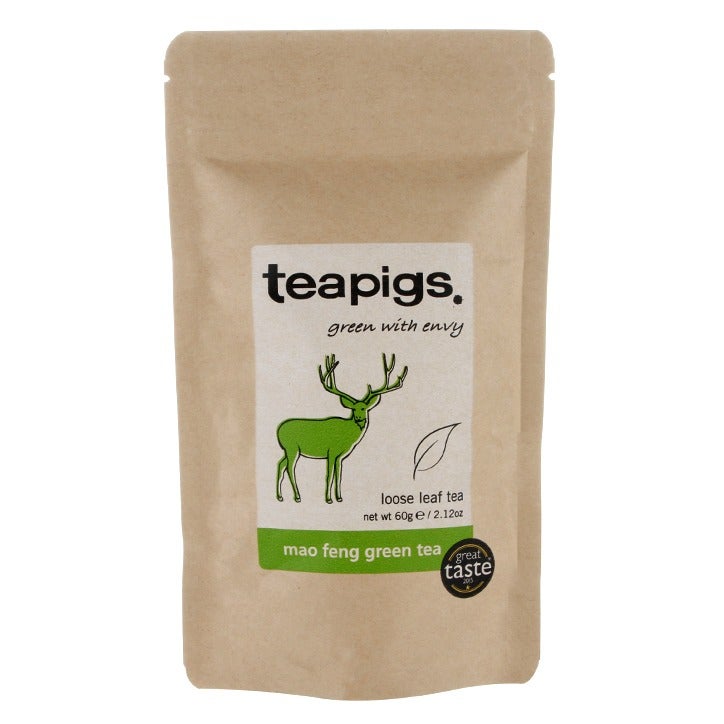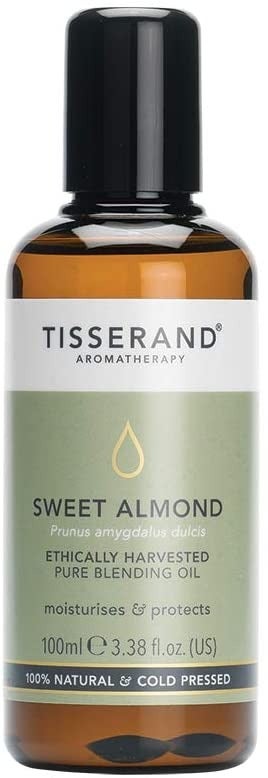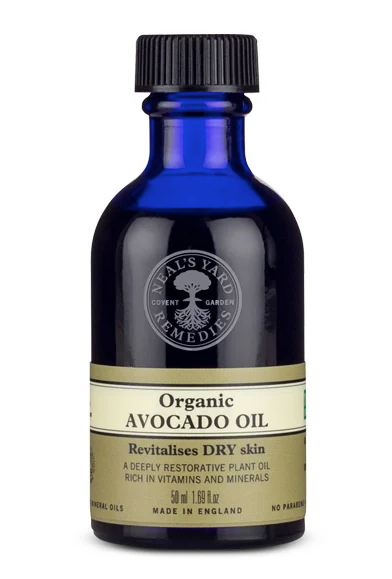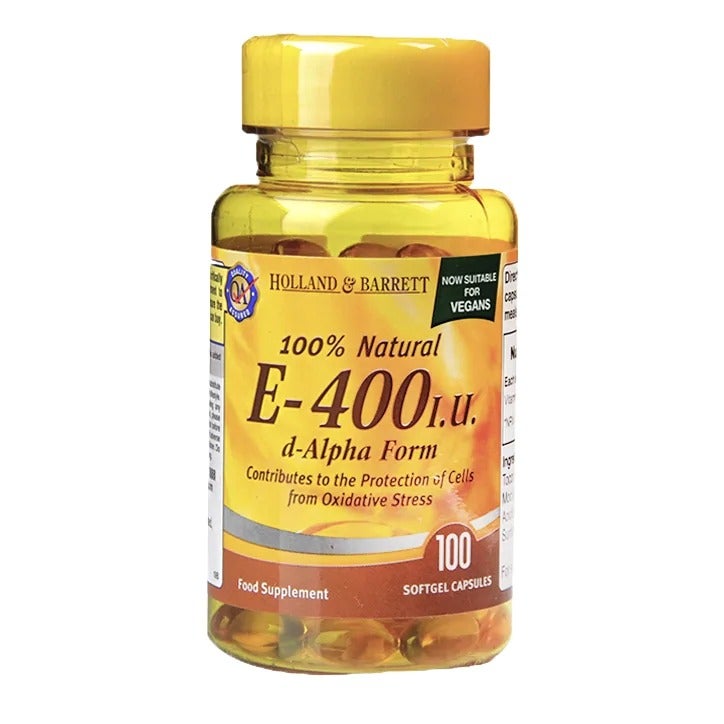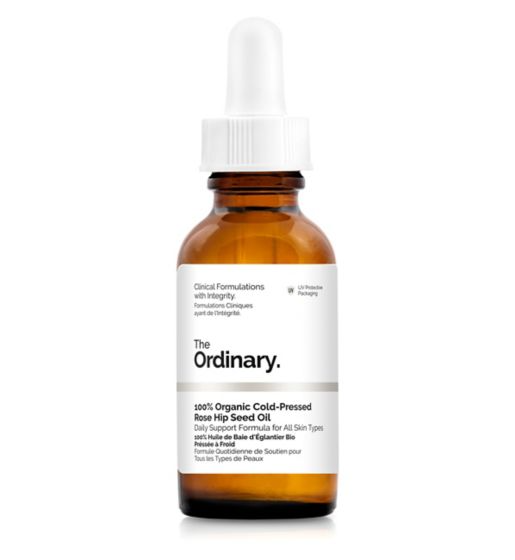Everything You Need To Know About Making Your Own Skincare At Home
Photographed by Kate Anglestein.
Angry breakouts, eczema flare-ups... Lockdown has a lot to answer for when it comes to skin bugbears. Among the wide range of contributing factors are stress, anxiety and changes to our daily routines but, for many, there's one clear solution: a good skincare regime.
From targeted treatments to quell spots fast to soothing face masks that work their magic overnight, we're spoilt for choice when it comes to effective skincare. But with a little more time on our hands, it seems lots of us are ditching those failsafe products and turning our attention to homemade skincare recipes. According to Cult Beauty, Google searches for DIY face masks in particular have increased by 233% since lockdown began. Oatmeal face masks are particularly popular, while pantry items such as honey and yoghurt, and ingredients like charcoal and aloe vera, have also garnered interest.
AdvertisementADVERTISEMENT
Head to Pinterest and Instagram, and you'll spot countless beauty lovers sharing their stories and recipes, whipping up everything from cleansers to lip scrubs using kitchen cupboard staples. But as fun as it may be, does DIY skincare actually make a difference? Is it safe? And what do the experts think about the burgeoning trend? Here's everything they want you to know about making your own natural skincare at home.
Why is everyone making their own skincare right now?
We're looking to beauty as a form of self-care in lockdown, say both Nataliya Robinson, skin expert and founder of Quantum Botanika, and Sarah Murrell of By Sarah London. "I've always found the process of crafting something by hand like a meditative practice," says Sarah. "It's a great way to channel energies. With so many of us spending hours a day in front of a screen or glued to our smartphones, there is something quite magical in making something with your hands to encourage a deeper sense of connection."
We've also got a lot more time to experiment, says Sophie Thompson, founder of Sister & Co. and author of Skin Food: Skin & Hair Care Recipes From Nature. "Lockdown seems to have unleashed a huge spirit of creativity, especially around food and cooking from scratch. "We're planning supermarket shops and deliveries in advance, so it makes sense to experiment with homemade beauty products. So many food ingredients make great skincare, especially when it is not possible to go to spa and salons. It's a luxurious and inexpensive way to treat yourself."
AdvertisementADVERTISEMENT
Does homemade skincare actually work?
It all depends on the ingredients and how you use them.
"Many types of homemade skincare products are brilliant and effective," says Sophie, "for example yoghurt-based face masks, body scrubs, facial oils and bath salts. But for things like moisturising creams, high-percentage acid exfoliants and SPF, it's better to stick with professionally formulated products which are adequately preserved and have passed rigorous testing standards."
As for effective ingredients, Sarah recommends green tea for bringing down redness and inflammation, while Sophie loves manuka honey for removing bacteria on the skin and potentially treating breakouts, as well as coconut oil for removing makeup.
Nataliya also rates yoghurt face masks as they are high in lactic acid, which exfoliates skin. But it is important to note that experts see homemade skincare as a complement to a solid skincare routine with tried and tested products. "These products comply with European regulations and have been tested for safety and stability," says Sarah.
Which ingredients should you not put on your skin?
"It can be tempting to whip up a face mask or concoct a lotion from ingredients you think may work together but if not done correctly, you could compromise your skin's natural, protective barrier," says Sarah. This may result in redness, itching, flakiness and potentially sore skin. She suggests steering clear of very acidic fruits like lemons, limes and oranges. Although popular ingredients in homemade toners, they could disrupt the skin.
AdvertisementADVERTISEMENT
Nataliya also advises staying away from cinnamon. "Masks containing cinnamon might burn the skin if it is too concentrated and so can strawberries. I would recommend always doing a patch test on your wrist first."
Essential oils are effective to use in natural skincare recipes, both for fragrance and their wellbeing properties. That said, they are very potent and might not be the best option if you have sensitive or very reactive skin. Sophie adds: "Take care to follow quantity recommendations in recipes and never use essential oils neat. Always dilute them in a carrier oil, for example coconut, olive or almond oil. Some essential oils are not recommended in pregnancy either, so if you're pregnant do be sure to check."
Because homemade skincare products are usually free from preservatives, Sophie suggests using them immediately, while they are fresh. If you're keeping DIY skincare in the fridge, discard it after two to three days.
5 DIY skincare recipes to try now
The lip balm
Photo by Nassima Rothacker.
Ingredients
1 tsp beeswax
1 tbsp coconut oil
1 tsp avocado oil
1 vitamin E capsule broken open (optional)
1 tbsp coconut oil
1 tsp avocado oil
1 vitamin E capsule broken open (optional)
Instructions
"Melt the beeswax in a bain-marie over a gentle heat, then stir in the coconut and avocado oils," writes Sophie in her book Skin Food: Skin & Hair Care Recipes From Nature. "Remove from the heat and leave to cool for 5–10 minutes or so (but don’t allow the mixture to start to solidify) before stirring in the vitamin E, if using. Transfer to 2 jars or tins or other small airtight containers and leave to cool in a clean, dry area for at least 2 hours before sealing with the lids or using. It is best stored in a cool, dry place. It will keep for up to 6 months in the airtight container."
AdvertisementADVERTISEMENT
The natural chemical peel
Ingredients
Green tea
Organic runny honey
Natural yoghurt
Organic runny honey
Natural yoghurt
Instructions
"For a plant-based alternative to a chemical peel, try grounding up some green tea and mix it with 2 teaspoons of organic runny honey until a smooth paste forms," says Sarah. "If your skin is oily, mix in some natural yoghurt which has a high zinc content and may help regulate sebum production."
The body scrub
Ingredients
Granulated sugar or sea salt
Coffee grounds
Cold-pressed rosehip oil
Coffee grounds
Cold-pressed rosehip oil
Instructions
"You need two parts sugar, salt or coffee grounds to one part cold-pressed oil of your choice," says Sophie. Try coconut or rosehip oil. "Then, you can add any blend of essential oils that you like (up to a dilution of 1% but always check guidance depending on which essential oils you're using). My personal favourite is a coffee base, with peppermint and sweet orange essential oils."
The face mask
Ingredients
One egg white
Instructions
Nataliya rates yoghurt masks but says that she regularly uses just a single egg white. "I look at this as a protein mask," says Nataliya. Taking cue from K-beauty, Nataliya mentions the consistency is very similar to popular 'snail slime masks', just a little cheaper. Of course, take care not to accidentally eat any, and rinse off thoroughly after 5-10 minutes.
The cleanser
Photo by Nassima Rothacker.
Ingredients
1 tbsp almond oil
2 tsp ground almonds
2 tsp apple cider vinegar
1 tsp water
2 tsp ground almonds
2 tsp apple cider vinegar
1 tsp water
Instructions
"Mix all the ingredients together in a small bowl to form a paste," writes Sophie in her book. "To use, place a warm, damp face cloth on your face for 20–30 seconds to open up your pores, then pat dry with a towel. Gently massage the paste into your face with your fingertips, avoiding the eye area. Rinse clean with warm water. Use the first application immediately after making, then store the remainder in an airtight container in the refrigerator and use within 3 days."
AdvertisementADVERTISEMENT







